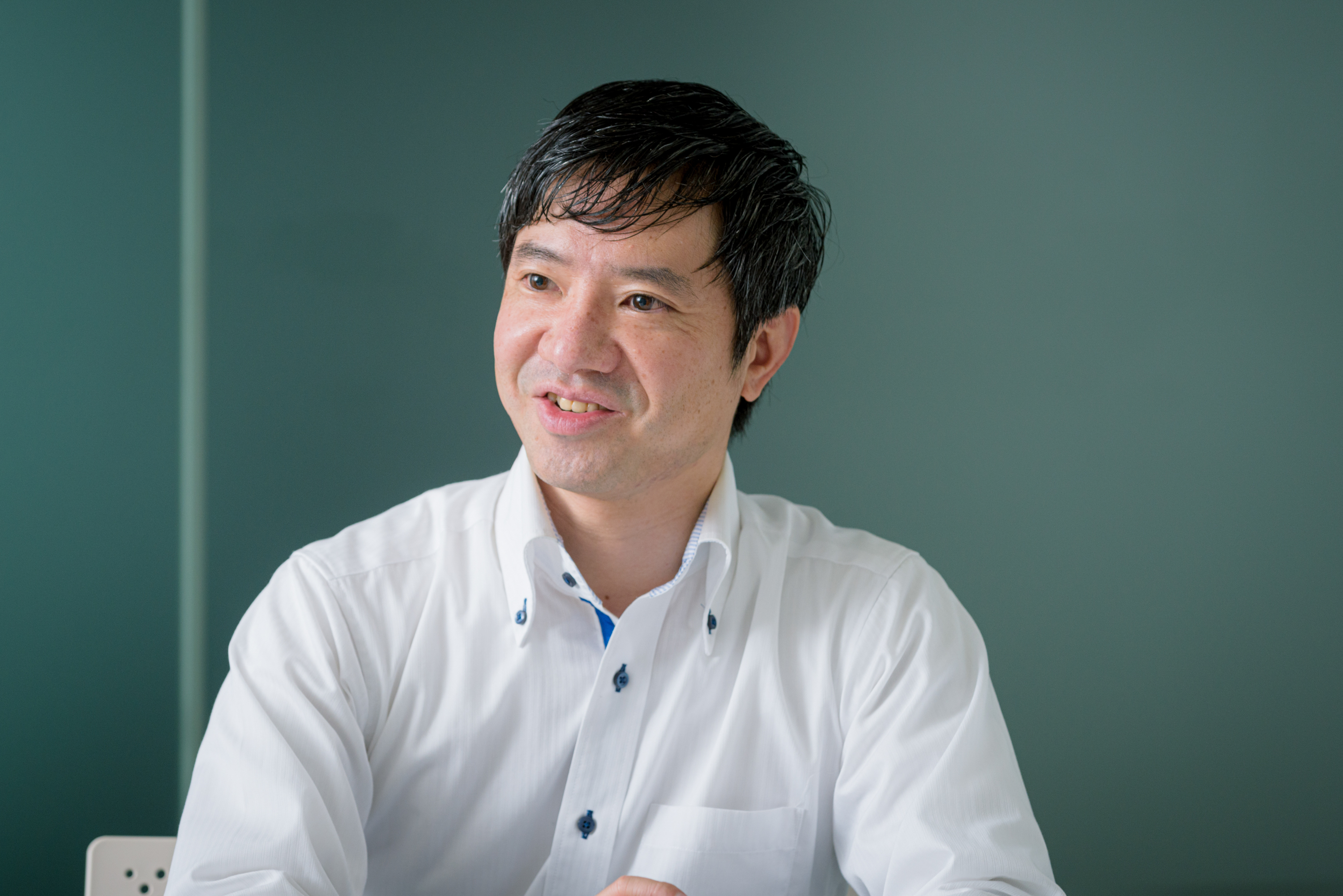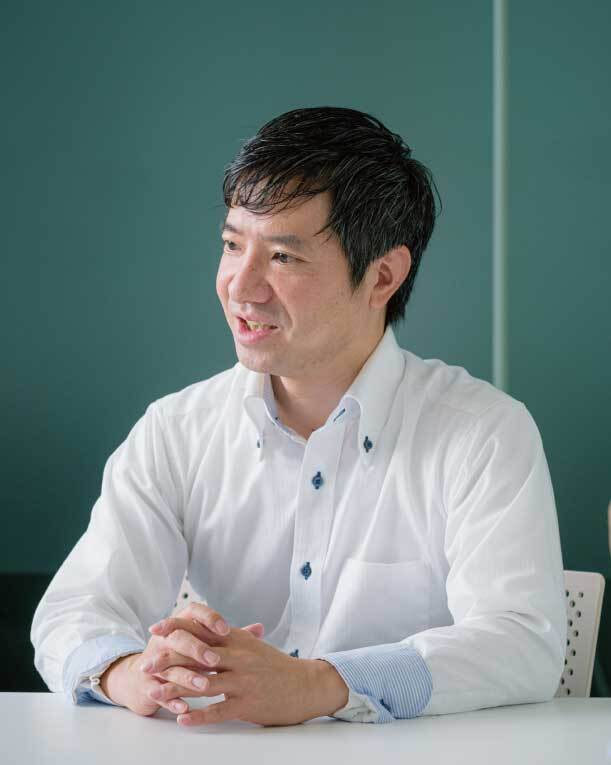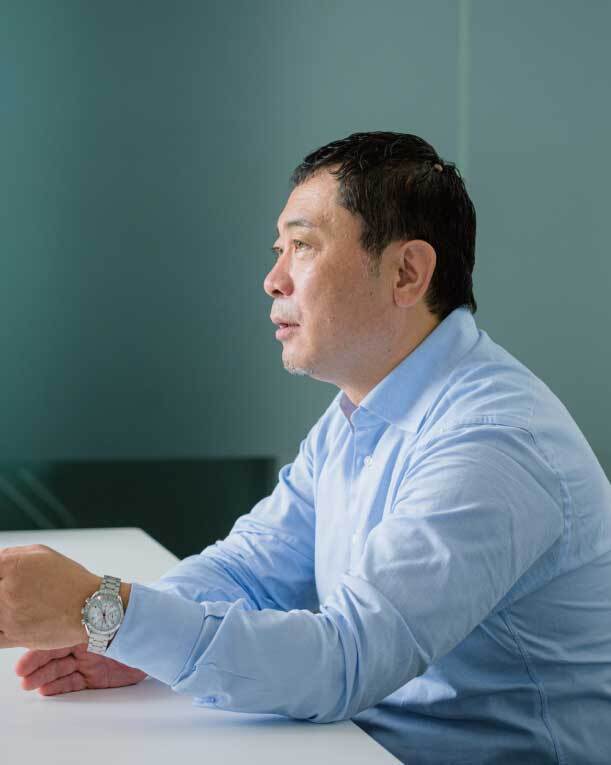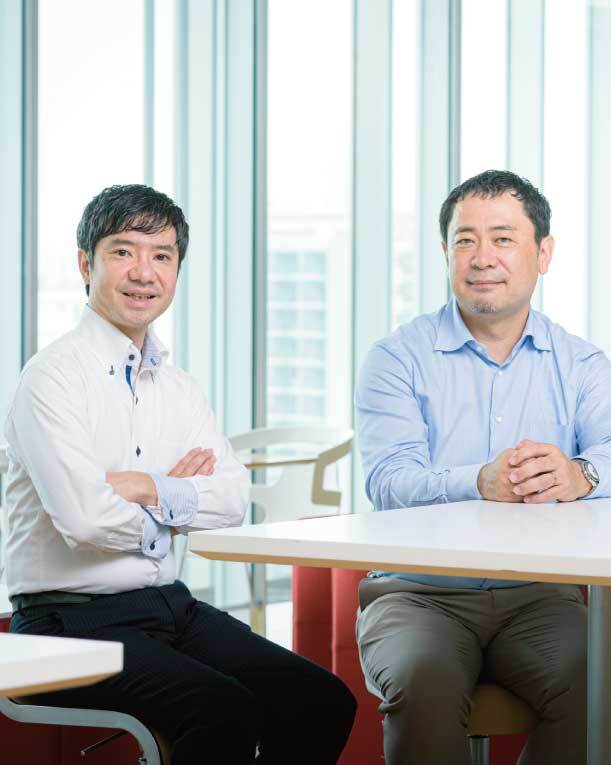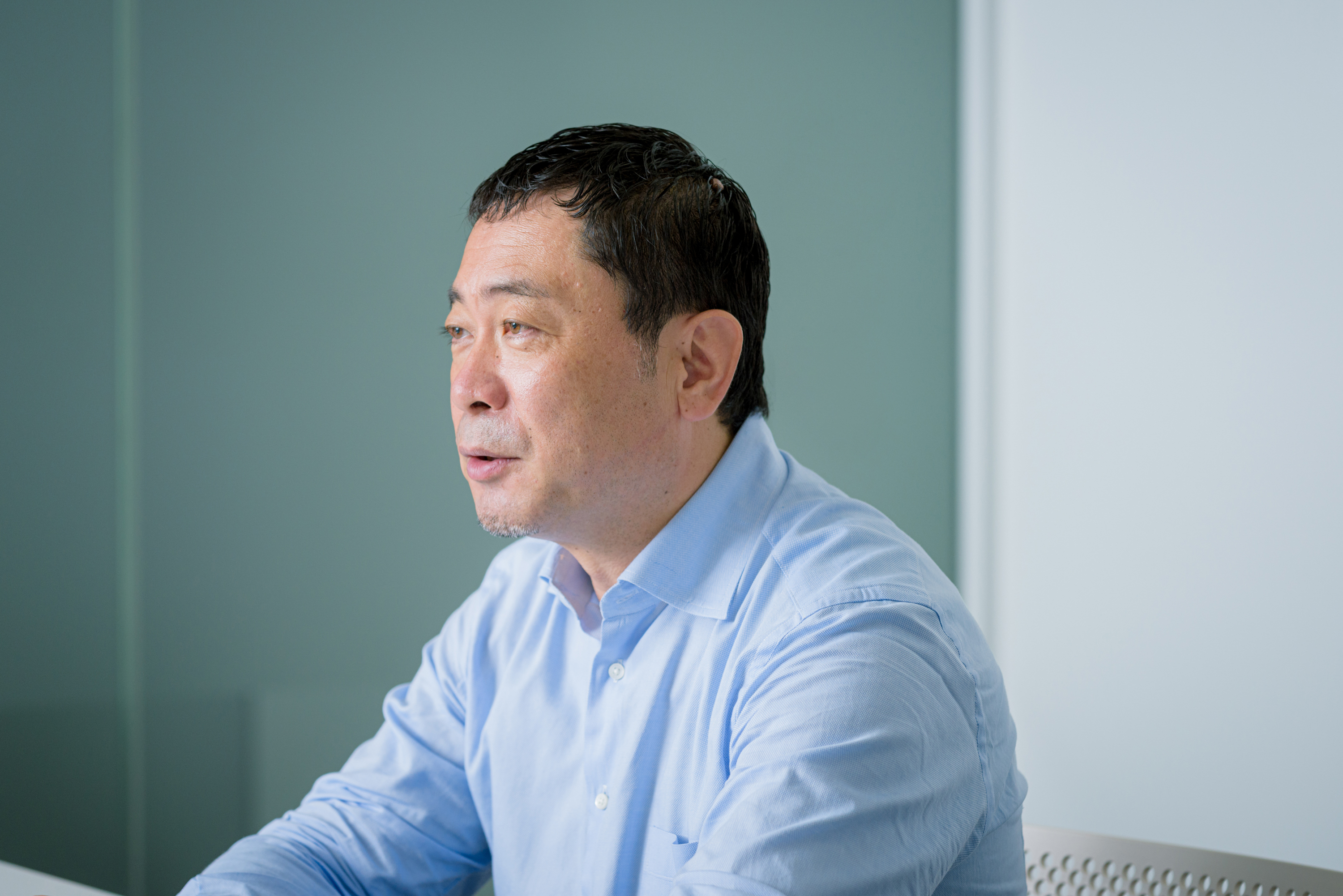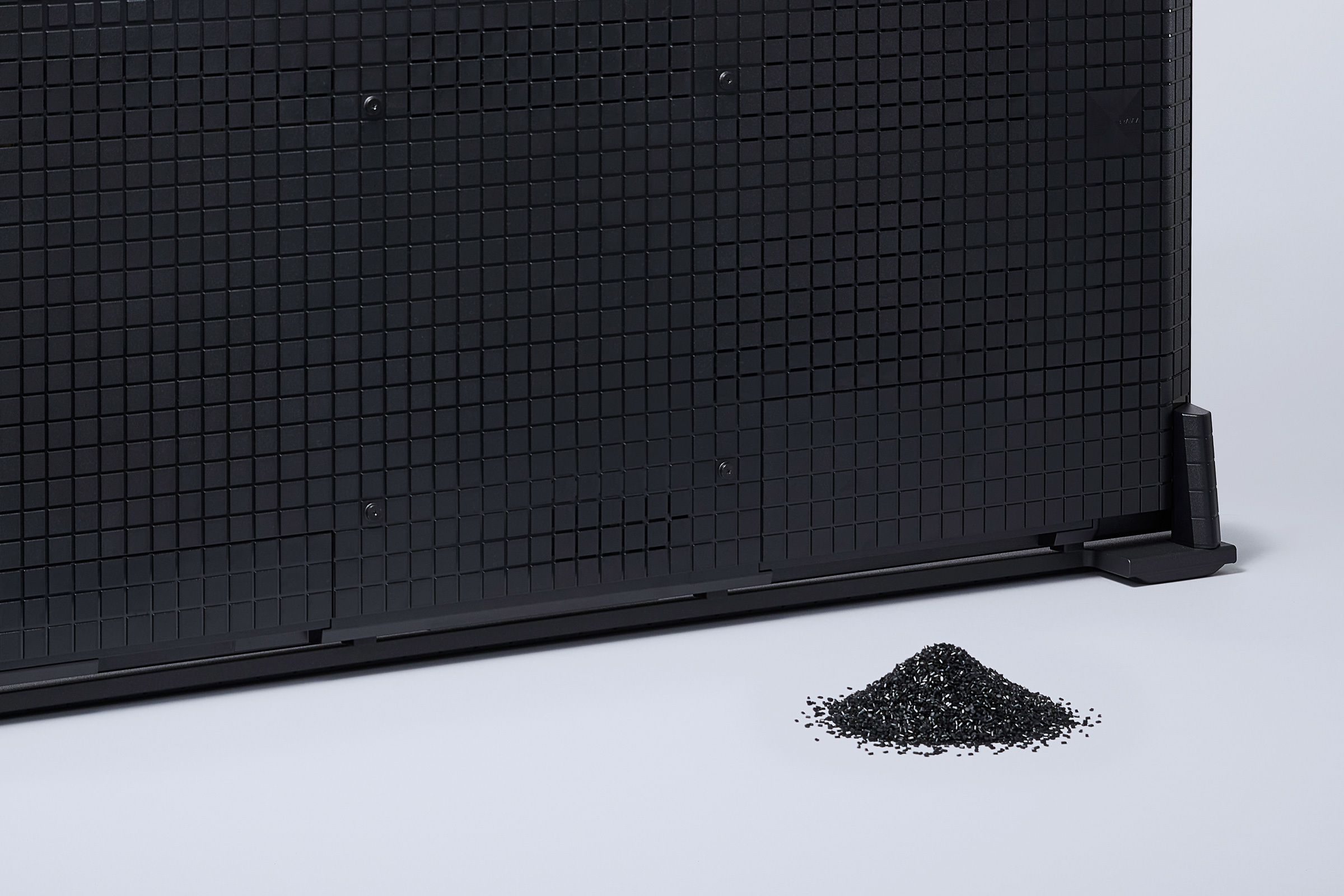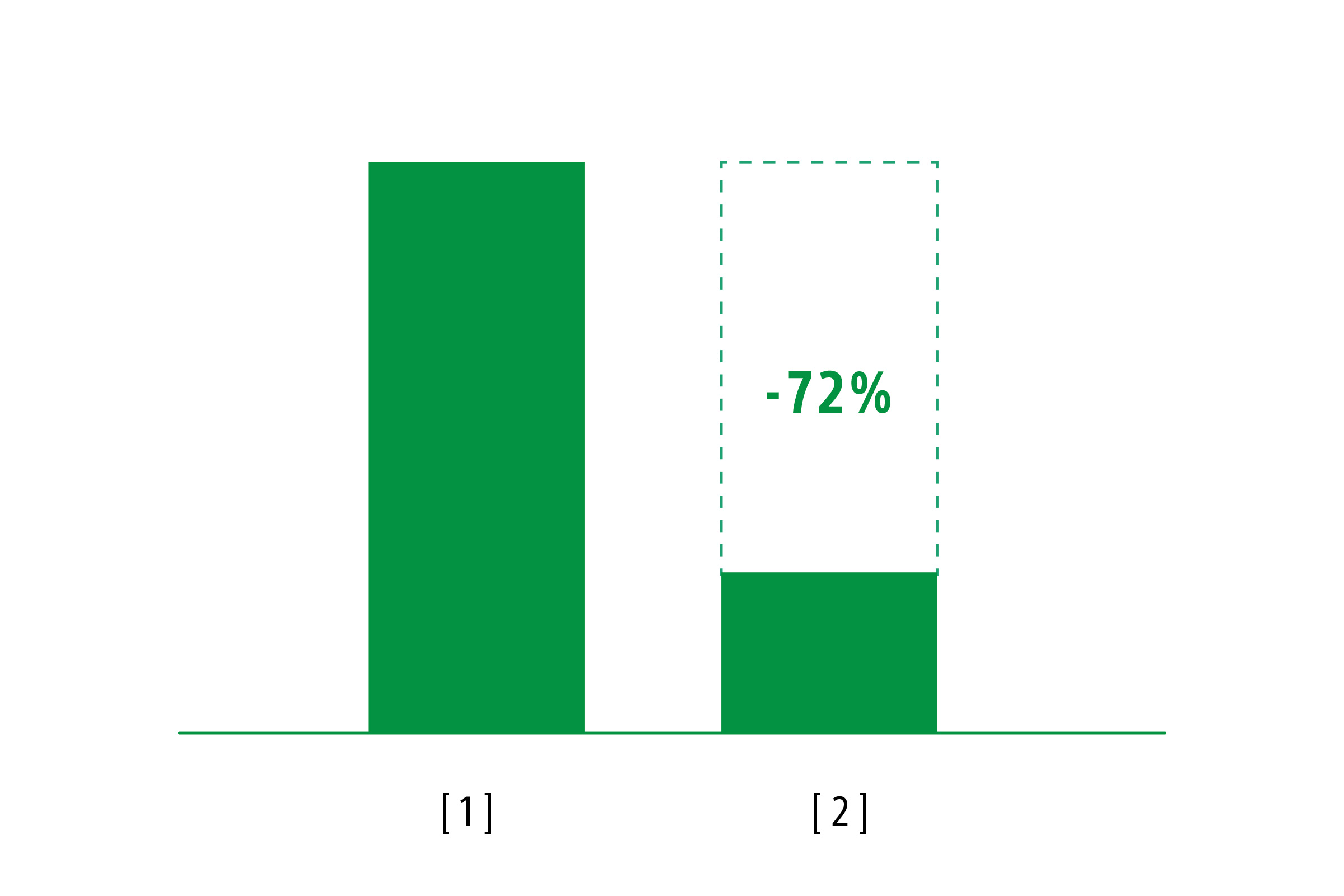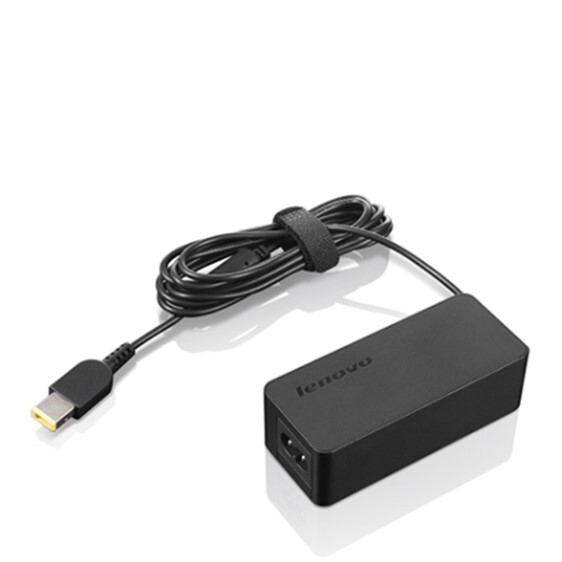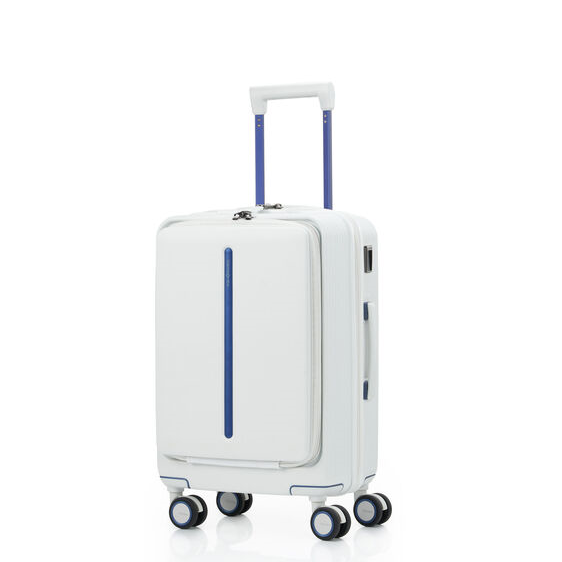Creating new value in waste materials: The true value of SORPLAS™, a flame-retardant recycled plastic simultaneously reducing environmental impact and contributing to business
April 17, 2023
In recent years, there has been a growing emphasis on companies' efforts to be environmentally conscious, such as the Sustainable Development Goals (SDGs) and ESG (Environmental, Social and Corporate Governance) management. In this context, Sony Group has formulated its long-term vision, "Road to Zero" which has set a goal of achieving "Zero environmental impact" throughout its business activities and product lifecycles by 2050. In details, we are organizing various activities for two domains as responsibility for reducing the environmental impact caused by our business and production activities, and contribution for contributing to the environment through the power of our products and technologies.
In alignment with these Group objectives, Sony Semiconductor Solutions Corporation(SSS) is striving in comprehensively reducing the environmental footprint and to create an era toward turning environmental contributions into sustainable business. SORPLAS™, a flame-retardant recycled plastic, is an example of such initiatives.
To find out what exactly “SORPLAS” is and what it delivers for our society, we interviewed two key players from SSS’s SORPLAS Business Office: Masao Ito, Senior Manager, and Takahiro Ohe in charge of technological development and manufacturing implementation.
Ito Masao
Sony Semiconductor Solutions Corporation
System Solution Business Division SORPLAS Business Office
Profile:Having joined Sony Corporation in 1992, Ito worked on the sales of semiconductors. After that, he went to China in 2000 to study Chinese, then took a position in Sony Hong Kong and Shanghai Office (later transferred to Sony China). In China, he was mainly engaged in the development of market for device businesses. On his return to Japan in 2009, he joined the sales department for semiconductors, of LSI and image sensors in particular. He experienced the 2016 Kumamoto earthquakes and became active in the subsequent relief efforts. In 2017, he was seconded to Shenzhen, China, where he oversaw the device business, and SORPLAS business was part of his responsibilities. After his return to Japan again, he was appointed as the general manager of SORPLAS Business Section in April 2022, and is driving the business.
Ohe Takahiro
Sony Semiconductor Solutions Corporation
System Solution Business Division SORPLAS Business Office
Profile:Ohe joined Sony Corporation in 2002. With the academic background in chemical engineering, he has been working in the R&D of organic component materials, such as organic semiconductors, SORPLAS and photopolymers. Currently, he is engaged in the compounding technology for recycled material and additive chemicals, line preparation, quality control and chemical substances compliance at SORPLAS Business Section.
We wanted to create value in discarded VHS*1 tapes and optical discs
*1) VHS: Video Home System is a consumer video recording system developed by Japan Victor Company (present-day JVCKENWOOD Corporation).
The recycled plastic “SORPLAS” stands for sustainable oriented recycled plastic. It is a flame-retardant recycled polycarbonate resin which SSS has commercialized based on its own research. Polycarbonate is a group of thermoplastics, used in optical discs, optical sheets, water bottles for water servers. These recovered materials are the raw materials for “SORPLAS”.
“SORRPLAS” as recycled material is now being used not only in Sony Group products such as digital cameras and OLED TVs, but also in a variety of products of other manufacturers.

“SORPLAS” pellets
“Turning this material business profitable to become a truly sustainable organization was a very demanding requirement, but we have come to a point where the independent business operation is within sight for the last few years,” Ito says with conviction. Our business operation is valued both internally and externally for building sustainable ecosystem with continuous growth, not just from an ecological perspective.
In fact, the history of “SORPLAS” origins an idea well back more than two decades.
At that time, there was an issue at Sony’s manufacturing sites as they discharge wastes or liquids aside from productions such as videocassette tapes and optical discs. Therefore, a research project was initiated at Sony Corporation Research Center to consider ways to utilize the wastes to create new value in addition to reducing these wastes from environmental protection standpoint.
In 2004, while developing technologies to convert wastes to high-value-added materials, such as purifiers for industrial effluent treatment and absorbents for paper diapers, we discovered a sulfur-based compound that exhibits flame retardancy to polycarbonate. This discovery became a original flame-retardant called PSS-K. "SORPLAS" is made by adding PSS-K and other additives to recovered polycarbonates.
This breakthrough came by a sheer luck.
“One day, when a manufacturing effluent and plastic powder for making VHS cassettes were placed in a fume hood, they found the plastic turned yellow color. A researcher noticed that there was a possibility that the effluent and waste plastic chemically reacted, and everything started from there,” explains Ohe.
Days of repeating experiments to quest for the best recipes for the given use cases
This discovery did not immediately mean to “SORPLAS” became as product. It was just a beginning of a long journey. Ohe recalls,
"In order to achieve resin properties suitable for various applications from recovered polycarbonate, which already has certain properties, we conducted a series of experiments to complete recipes of blending various source materials including PSS-K in optimal ratios."
When we talk about plastic resin, for example, the resin used in optical discs is completely different from the resin used in consumer electronics. "Whether it's impact resistance, strong rigidity, or formability, the performance that customers demand varies. It was a challenge to create recipes tailored to each use." says Ito.

Illustration
拡大

The technology and experience we have built up allow us to formulate the outlines of a recipe in early stage. However, the only way to realize the accuracy and stable quality of "SORPLAS" to the customers’ satisfaction was to simply repeat the experiment steadily after simulating the combination of additives and substances. Ohe and the development team spent their days immersed in the verification process.
In 2010, after long years of research and development, SORPLAS finally reached the point where it could be commercially applicable.
Up to 99% recycled content*2
*2) "SORPLAS" offers a wide-ranging product line for diverse applications, and each offering contains a different proportion of recycled material.
The most notable point about “SORPLAS” is its ability to produce flame-retardant recycled plastic with a very small amount of PSS-K.
“The phosphorous flame retardants commonly used in various flame-retardant resins must be added in large amount. It affects the polycarbonate properties, including the formability. By contrast, “SORPLAS” can maintain the polycarbonate properties while making the material flame-retardant. This is one of our advantages.” (Ohe)
If only a small amount of flame-retardant is required, there is another advantage that the plastic properties are less likely to deteriorate during recycling. In-house testing has also shown that “SORPLAS” can maintain the properties even after recycling five times with no major issues.
Furthermore, because only a small amount of flame retardant is needed, "SORPLAS" achieves a recycled material utilization rate of up to 99%. This figure is outstanding compared to the recycled content of flame-retardant recycled plastics for home appliance use, which is generally around 30%, and promising in view of today’s trends in society.
"Given the market demand for the environmental awareness, a growing number of clients positively consider using recycled plastic contained with high recycled content. The benefit of “SORPLAS” adoption will become much more straightforward when regulations become more and more stringent in the future,” Ito says passionately.
SORPLAS used in BRAVIA® rear cover, reducing the use of virgin plastic by about 60%
So, what kind of products use “SORPLAS”?
“SORPLAS” has been widely used in Sony Group products such as digital cameras and LCD TVs for components like bezel (display frame). An epoch-making moment enlarging the use of “SORPLAS” was its adoption as the rear cover of 2021 model BRAVIA OLED TV.
"It was significant that the largest TV component is made from the recycled material. In addition, it has a big impact because the component is a surface which can be seen by consumers even though it's on the back side. It became the driving force behind the growth of the "SORPLAS" business." Ito says.
Ohe emphasizes that there are also benefits beyond the business.
"It contributes to reduce virgin plastic use in the product as its largest component becomes possible to be made from the recycled material. With the rear cover, it achieved up to 60% reduction of virgin plastic use per unit compared to conventional models.”*3
In addition, it contributes to reducing the environmental impact of the manufacturing process. As an example, "SORPLAS" used in BRAVIA EX52H Series 40V*4 reduced carbon dioxide (CO2) emissions by up to 72% compared to using conventional flame-retardant virgin polycarbonate resin.
Along with these achievements, it becomes a significant premise to utilize “SORPLAS” as a key material while developing Sony Group products.
"The management members of each Sony Group company are keen to be aware of the environment and proactively support utilizing "SORPLAS" based on cost effectiveness. The attitudes of the engineers of each product have also changed, and we have started to receive many inquiries such as "Can we use "SORPLAS" for this part?"." Ito said with a smile on his face."
*3) Comparison between the 2022 and 2018 models: data by Sony. The virgin plastic reduction ratio varies depending on the models and regions. "SORPLAS" may not be used in products during certain production periods.
*4) The 40V model of BRAVIA EX52H series may be under a different model name in certain countries. Note that the virgin plastic reduction ratio varies depending on the models and regions. "SORPLAS" may not be used in products during certain production periods.
Rolling out to a diversity of product categories from AC adapters to suitcases
The adoption of “SORPLAS” is also accelerating outside of Sony Group. One of the biggest triggers was the AC adapter of Lenovo ThinkPad.
"Lenovo requires a very strict quality standard called the ThinkPad criteria. AC adapters require high impact resistance and durability in addition to flame resistance, and clearing this has given us great confidence." (Ito).
With the introduction of these products by global companies, their use is spreading to other consumer electronics manufacturers as well as to suitcases by Samsonite.
Naturally, every client has a different use case, so "SORPLAS" must be customized according to their needs. "Suitcases require considerable durability. It has been reworked many times in order to satisfy the characteristics of a completely different dimension from the home appliances adopted in the past." Ohe recalls. However, by working on various genres of projects, knowledge and know-how are surely accumulated in the development team of "SORPLAS."
Aiming to further reduce environmental impact throughout the entire product life cycle leveraging the circulation of “SORPLAS”
In terms of the futures of "SORPLAS" that has been achieved in long term, Ito and Ohe are confident that other companies will not catch up so easily. It shows absolute confidence, especially in reducing the amount of flame retardant required.
"According to Lenovo, we are more than three years ahead of any competitors in terms of the high content of recycled materials. We have also received calls for collaboration from major resource suppliers. I feel like the industries are starting to recognize us as a fully-fledged player of recycled plastic." Ito says confidently.
Ohe says that being able to lead the industry in this way is nothing less than the direction we took about 20 years ago when we started developing "SORPLAS."
"It was brought because of the original concept of creating new value from waste materials and effluent, and the concept constantly pursuing kept staying on top. It's still alive today."
Ito follows,
“On top of that, we seized the right moment. If SORPLAS’ launch had been earlier, the world wouldn’t have been ready for the environmental awareness that we have today. If it had been delayed, we would have been a late-comer in the field.”
The future ambition is to establish ways in which SORPLAS products are further recycled.
“When made with “SORPLAS” products become diffused in society, they can be collected and recycled into re-manufactured “SORPLAS” products. We are seeing more and more benefits not only for the environment, and also for cost. This is a viable tool for realizing “Road to Zero” vision of Sony Group. I think it is very unlikely to see another option of equally high recycle content in the foreseeable future.”
With regards to the supply of recycled polycarbonate as source material, Ito says “we consider it should be stable enough to handle for the time being, even when orders come in from entire Sony Group at once.”
With the vision to perform “responsibilities” for, and make “contributions” to, the environment through SORPLAS, SSS will be leading the recycled plastic sector as its promising pioneer.

